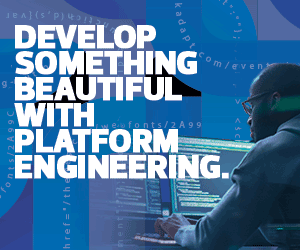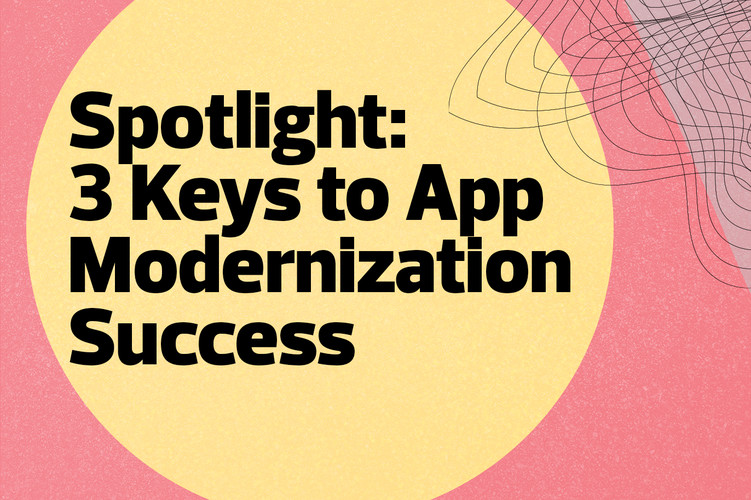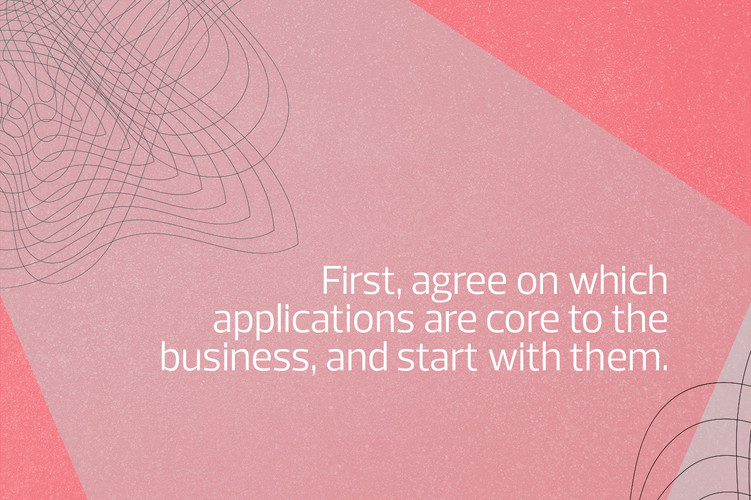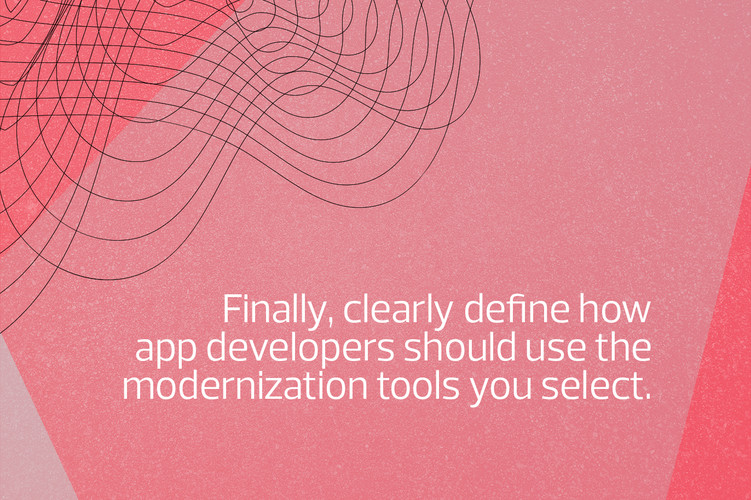The Right Tools Simplify App Creation
With that in mind, they turned to Red Hat OpenShift, a Kubernetes-powered platform for developing and running containerized applications. It works in conjunction with Red Hat’s OpenStack to provision application testing environments that developers can get with minimal help from operations.
“Red Hat eliminates some of the bottlenecks we used to face when the development team came to infrastructure to get work done,” Lown explains.
Today, the microservices within Paychex Flex are all managed in OpenShift, he says, and the platform has drastically reduced the time it takes to build new applications or add features to existing apps. The system also comes with valuable tools for detecting and correcting problems before they become serious.
“If we’re using too much memory or running out of a resource, it automatically does what it needs to do to take that issue out of the mix,” Lown says. “And now, when we want to push out changes, what used to take us months only takes days, and we can do that work without scheduling downtime or impacting our clients in any way.”















